Why Europe needs to spend big on defence
Europe is reluctantly boosting its military spending now that the peace dividend that followed the Cold War is over. That should create investment opportunities
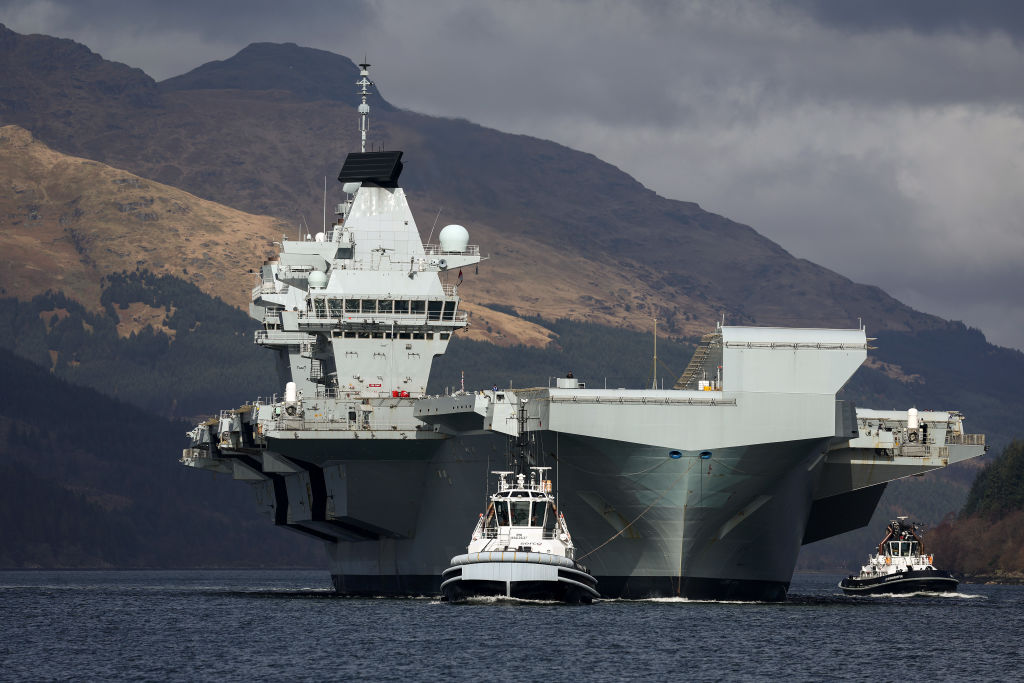
In June this year, the North Atlantic Treaty Organisation (NATO) celebrated its 75th anniversary. A pact that was formed in the aftermath of World War II to counter the threat of the Soviet Union has now outlived its adversary by more than three decades.
In that time, NATO’s role has evolved from the defence of Europe to a much broader purpose, starting with military intervention in the former Yugoslavia in the mid-1990s. Article 5 – the part of the NATO treaty that requires participants to aid any member who is attacked – was evoked for the first (and so far only) time not for a war in Europe, but to deploy troops to Afghanistan after the September 11 attacks on the US.
Yet any sense that NATO’s members have kept up with the times ended after Russia invaded Ukraine in February 2022. For a start, we once again have a major war in Europe, on the very borders of Nato. That in itself could be seen as a long-term failure of international relations. But, more importantly, it has shown that many NATO members have been slow in recognising the changing realities and how far they will have to go to remain relevant in the next decade.
MoneyWeek
Subscribe to MoneyWeek today and get your first six magazine issues absolutely FREE

Sign up to Money Morning
Don't miss the latest investment and personal finances news, market analysis, plus money-saving tips with our free twice-daily newsletter
Don't miss the latest investment and personal finances news, market analysis, plus money-saving tips with our free twice-daily newsletter
So as NATO celebrated in Washington two months ago, it formally welcomed two new members, Finland and Sweden. Their decision to join NATO after decades of neutrality showed how Russia’s aggression has reshaped the security situation. Yet to make a practical difference, much more concrete steps that involve a lot of money will be needed.
NATO’s members have spent three decades living off the legacy of the end of the Cold War, drawing the “peace dividend” and running down investment in their military. Their efforts to support Ukraine are already making the inadequacy of the European military-industrial base all too apparent. Many countries are – belatedly – starting to ramp up and modernise their military capabilities. This should create massive opportunities for the defence industry.
Europe's military spending
When the Soviet Union was dissolved in 1991, the West celebrated what it believed to be “the end of history”, in the words of political scientist Francis Fukuyama. For a long time, that optimistic view of the world looked likely. Since the break-up of Yugoslavia, continental Europe had not been involved in major wars at its borders. Russia had embraced capitalism, and after a period of post-Soviet chaos under president Boris Yeltsin, its future under a young Vladimir Putin looked more stable. China entered the World Trade Organisation in 2001 and looked to be on track for a future of free markets and eventual democracy. The world appeared much safer, with the prospect of greater harmony and cooperation between major powers.
Military spending declined as the Cold War ended: from $1.6 trillion in 1988, it dropped by a third in the 1990s, after adjusting for inflation, according to the Stockholm International Peace Research Institute (SIPRI), a think tank. Then it began to increase again, doubling since 2000 and reaching a record total of almost $2.5 trillion last year. However – and significantly – this increase was uneven. Military spending did not increase much in the West. Despite the vast cost of the wars in Iraq and Afghanistan – reportedly over $2 trillion each – the US now spends 3.4% of its GDP on defence, close to the lowest level since World War II. For comparison, it averaged 5%-6% in the seventies and eighties.
Meanwhile, most European countries sought to reduce military spending further in the aftermath of the global financial crisis and the eurozone debt crisis. The role and value of national defence was sometimes questioned, especially for Greece during the Euro crisis (Greece spends a surprisingly large amount on defence due to its rivalry with Turkey). Many countries made decisions to cut back on capabilities that no longer seemed strategic: the Netherlands got rid of all its tanks. Overall, Western European spending has decreased by 4% since 1990 in real terms, according to SIPRI.
France, one of Europe’s key military powers, provides many examples of such decisions that now seem short-sighted. Let’s take two. In 2007, it shut down the production line for its main battle tank, the Leclerc, manufactured by state-controlled Nexter. As a result, France is now having to modernise existing units to bring them up to modern standards and some experts are sceptical that this “retro-fit” is enough given lessons from Ukraine. In 2017, the military budget suffered a shock €850 million cut under a short-termist attempt to meet EU budget deficit rules, despite president Emmanuel Macron consistently promising to boost spending significantly. That choice, which is hard to comprehend given that overall debt has exploded by €1 trillion under Macron’s presidencies due to social spending, led to the resignation of Pierre de Villiers, the straight-talking general who headed the French armed forces. “In the current circumstances I see myself as no longer able to guarantee the robust defence force I believe is necessary to guarantee the protection of France and the French people, today and tomorrow, and to sustain the aims of our country,” he said.
After three decades of this, the war chests are empty across Europe. There are a few cutting-edge pieces of technology, but too much equipment is both outdated and supplies are sufficient for short skirmishes only. Long gone are the days when statesmen with foresight, such as Jean-Baptiste Colbert, planted forests of slow-growing oaks so that the next generations could build ships to defeat la perfide Albion on the high seas.
In fact, the reality is that perfidious Albion has still been spending more than most of Europe, despite some recent mishaps, such as the troubled and pricey Ajax armoured vehicle programme. Defence spending amounted to £54 billion in 2023, nearly twice the level of 2000 and equal to 2.3% of its GDP. Operations in Iraq and Afghanistan provided shocking illustrations of the shortcomings of some equipment – eg, composite armoured Land Rovers were inadequate to protect soldiers against landmines – but this experience led to it being upgraded. Some major investments were also made: in 2008, the aircraft carriers HMS Queen Elizabeth and HMS Prince of Wales were commissioned for a total cost of £6.2 billion-plus £13 billion for 48 F-35 fighters (although some critics say it spent so much on these that it can’t afford other ships that the Royal Navy needs).
Keir Starmer has recently reiterated a “cast-iron commitment” to spending 2.5% of UK GDP on defence, in line with the previous government. Of course, this still does not look like enough. There are regular stories that show the UK armed forces as short of resources and personnel, hence reports – since denied – of the possible mothballing of the assault ships HMS Albion and HMS Bulwark earlier this year. Rumours that the Tempest next-generation fighter project – a collaboration with Italy and Japan – might be ditched in the government’s defence review simply on cost grounds is yet another example of one of Britain’s greatest flaws: the “Treasury brain” thinking that leads governments to cut back on important long-term investment in order to make the public finances look better in the short term. However, the trend is clear. Britain and other European countries realise that they will have to spend more, even if they are dragging their feet on the amount.
Military spending rises globally
The US is still the world’s biggest military spender, at a colossal $860 billion a year. This is nine times as much as Russia and three times as much as China in terms of declared spending. But some analysts think China has much higher unreported spending and its budget could be almost on par with America. Even on official figures, China has increased military spending by 50% since 2016 and by a factor of 13 since 2000. This is a major part of why the US has fallen from 50% of world military spending before 2008 to 37% now.
The increase in Chinese military spending, together with growing aggressiveness towards other countries, especially in regional waters, is a wake-up call for Western powers. So too must be the way that Russia has put its economy on a war footing to sustain its attack on Ukraine. Much of Russia’s Soviet military legacy is decaying and dilapidated: think of the Admiral Kuznetsov, its single aircraft carrier and flagship, belching black smoke as it transited the English Channel in 2016, the nuclear submarines rusting away in the Kara Sea close to the Arctic, or videos of ancient tanks and vehicles deployed on the battlefield in Ukraine. On the other hand, Russia continues to sustain its assault on Ukraine despite expending vast amounts of material (showing that its supply base is holding up in the face of sanctions) and show off its development of advanced weapons, such as Kinzhal hypersonic missiles.
So the case for greater defence spending in the West is being made daily. At the same time, there is a growing belief in America that its commitments – including around 750 bases in 80 countries – mean that it is footing an unfair share of the bill. Donald Trump made a big deal of pressuring other NATO members to raise their defence spending during his presidency, calling them “freeloaders”. If he wins again in November, we can expect renewed shots at many allies about this – last month, he called for Taiwan to pay for its own defence. Whether these comments are all reasonable and whether Trump has a coherent military strategy is irrelevant. Those kinds of views are not limited to Trump and pressure for America’s allies to spend more are only likely to grow in the medium term.
NATO members have already increased spending, by 9% in 2023 and 18% in 2024. Some 23 out of 32 members are now meeting their stipulated minimum level of annual defence spending (2% of GDP), up from 10 members in 2023. Yet this does not go far enough. Europe is becoming more conscious that it cannot rely on the “Pax Americana” forever. A more isolationist America, under Trump or a future leader, would be a less reliable guarantor of global security. Hence the European Commission’s defence industrial strategy, which was set out for the first time earlier this year, calls for Europe to be more independent from other suppliers. Whether that will be achieved is debatable; it is also obvious that it shouldn’t happen at the expense of cooperation with partners such as the US and Japan. However, any moves in this direction will mean creating more of its own defence infrastructure, from raw material sourcing to production and technology, including unmanned aerial vehicles and cybersecurity.
Total European defence spending could rise to €500 billion per year by 2028, from around €300 billion in 2022, according to consultants at McKinsey. This will include significant increases by countries such as Poland, which has been the first to lift spending above 4% of its GDP (with a 75% increase in 2023 alone). It is acquiring F-35 fighters from Lockheed Martin to help secure its airspace against Russia’s Sukhoi Su-35s and is also considering the Eurofighter Typhoon (Airbus, BAE Systems and Leonardo) and the F-15EX Eagle (Boeing). France is waking up: it will collaborate with Germany on a new tank to replace the Leclerc (and Germany’s Leopard II) and also plans to construct a new aircraft carrier to replace the Charles de Gaulle. All this will take time, but the process is under way.
Will Europe pull its weight in NATO?
However, perhaps the crucial reminder from the invasion of Ukraine is that defence is not just about new technology. In war, countries need a manufacturing base to keep pace with demand. Russia is bombarding Ukraine relentlessly, firing an estimated 10,000 shells a day. None of the NATO countries could keep up that pace for even a few days. When the West was focused on the “war on terror” and guerilla conflicts, it produced small batches of varied munitions for low-intensity conflicts, and neglected volume. Supplying Ukraine has depleted its stockpiles. That’s why Germany’s Rheinmetall has recently received the largest contract in its history, worth up to €8.5 billion, to produce more of the 155mm shells that equip all NATO artillery. This aims for 100,000 shells a year from the second year of production, and eventually 200,000 per year.
This increase is still nowhere near what’s needed to rebuild stockpiles and supply Ukraine. Other suppliers are also adding capacity. Europe is aiming to be producing two million shells per year by the end of 2025 and the European Commission says the production rate now stands at one million per year. Yet reports suggest actual output may be about half that. This one example shows how much will be needed to build up Europe’s neglected defence base – but also the potential investment opportunity if countries come together to rebuild their capabilities and pull their weight in NATO.
This article was first published in MoneyWeek's magazine. Enjoy exclusive early access to news, opinion and analysis from our team of financial experts with a MoneyWeek subscription.
Get the latest financial news, insights and expert analysis from our award-winning MoneyWeek team, to help you understand what really matters when it comes to your finances.
Frederic is an investment analyst. He started his career at JP Morgan in Paris. He has more than ten years of experience investing in private equity and also worked with the 3i debt management team investing in private debt. He is an ACCA member and a CFA charterholder. He graduated from Edhec Business School.
-
 Metals and AI power emerging markets
Metals and AI power emerging marketsThis year’s big emerging market winners have tended to offer exposure to one of 2025’s two winning trends – AI-focused tech and the global metals rally
-
 8 of the best houses for sale with beautiful fireplaces
8 of the best houses for sale with beautiful fireplacesThe best houses for sale with beautiful fireplaces – from a 15th-century cottage in Kent to a 17th-century palazzo in Oxfordshire
-
 Metals and AI power emerging markets
Metals and AI power emerging marketsThis year’s big emerging market winners have tended to offer exposure to one of 2025’s two winning trends – AI-focused tech and the global metals rally
-
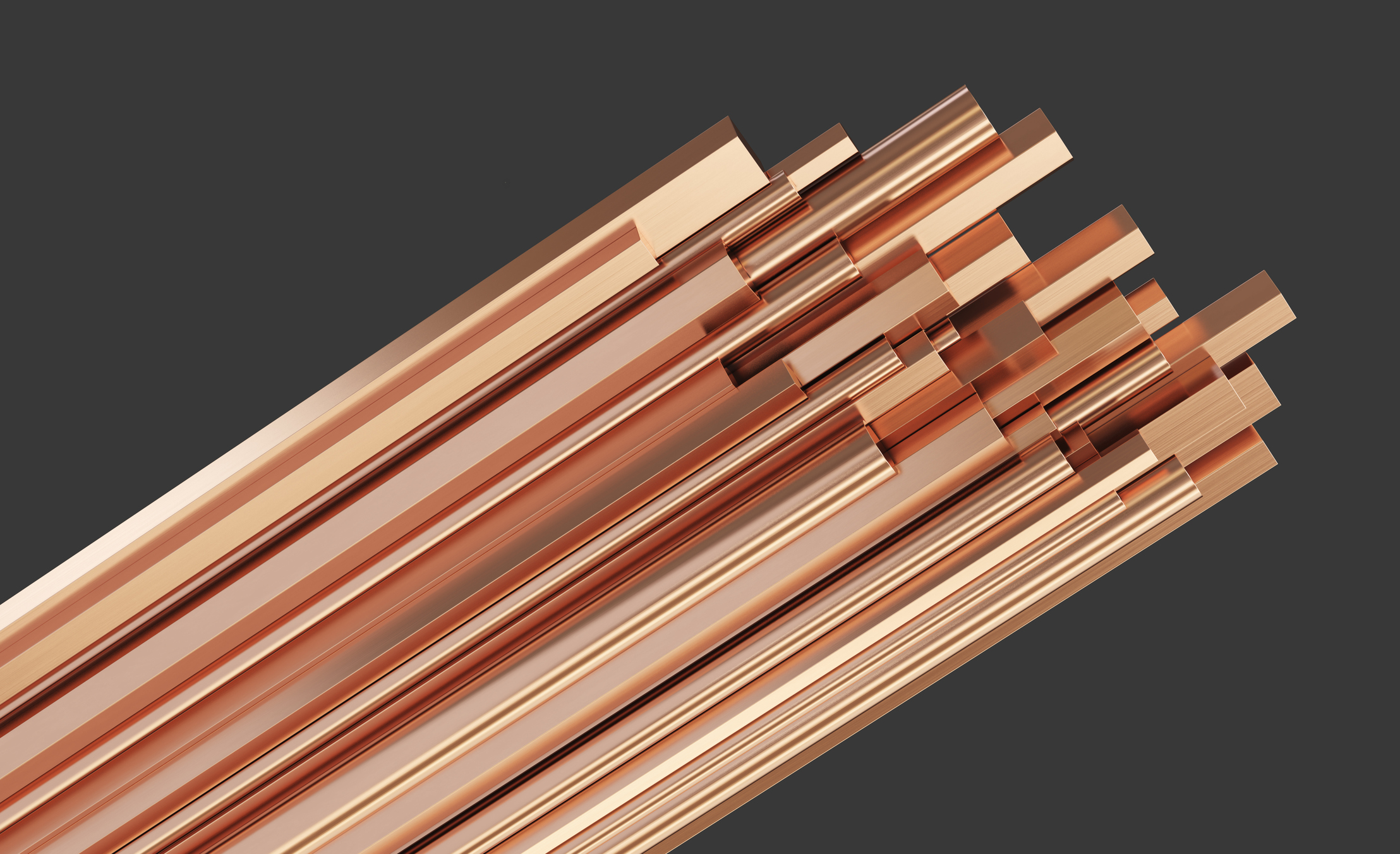 King Copper’s reign will continue – here's why
King Copper’s reign will continue – here's whyFor all the talk of copper shortage, the metal is actually in surplus globally this year and should be next year, too
-
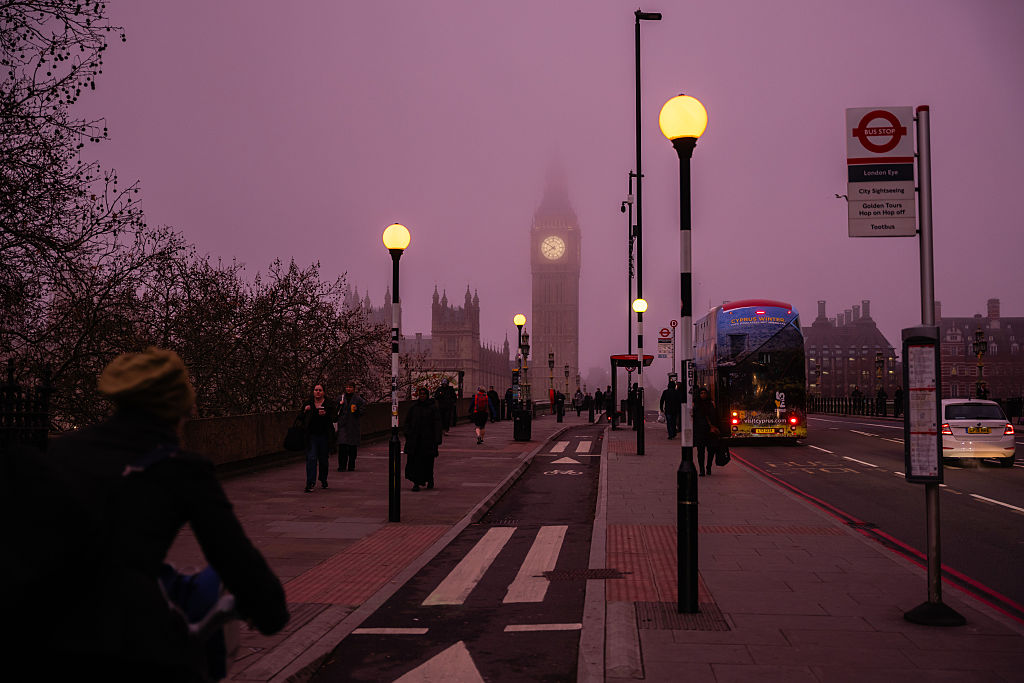 The coming collapse in the jobs market
The coming collapse in the jobs marketOpinion Once the Employment Bill becomes law, expect a full-scale collapse in hiring, says Matthew Lynn
-
 Renewable energy funds are stuck between a ROC and a hard place
Renewable energy funds are stuck between a ROC and a hard placeRenewable energy funds were hit hard by the government’s subsidy changes, but they have only themselves to blame for their failure to build trust with investors
-
 The war dividend – how to invest in defence stocks as the world arms up
The war dividend – how to invest in defence stocks as the world arms upWestern governments are back on a war footing. Investors should be prepared, too, says Jamie Ward
-
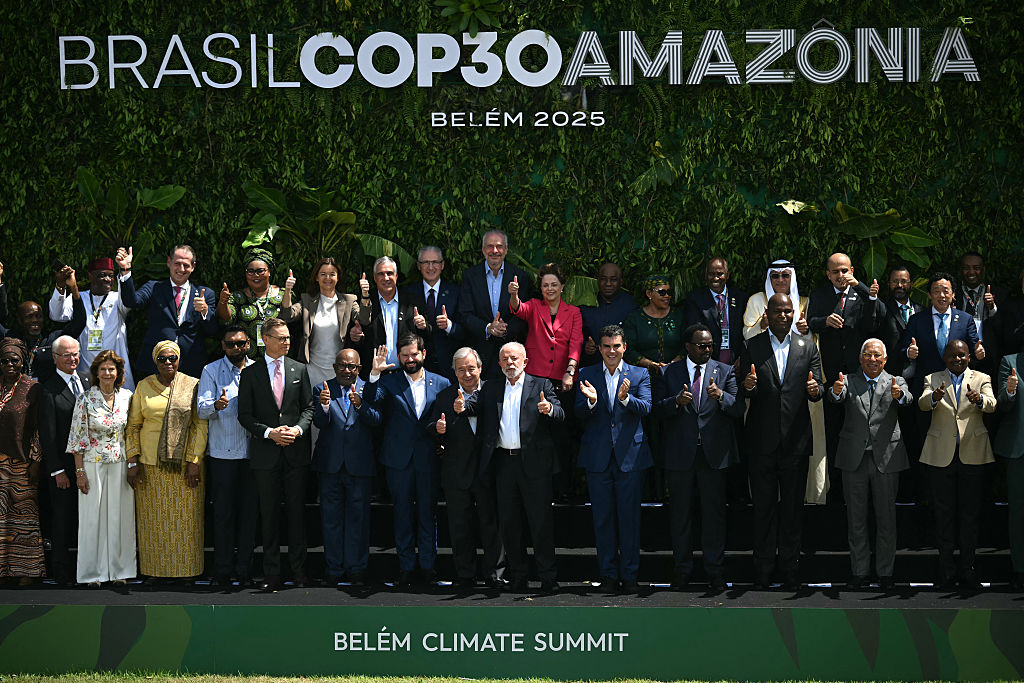 Did COP30 achieve anything to tackle climate change?
Did COP30 achieve anything to tackle climate change?The COP30 summit was a failure. But the world is going green regardless, says Simon Wilson
-
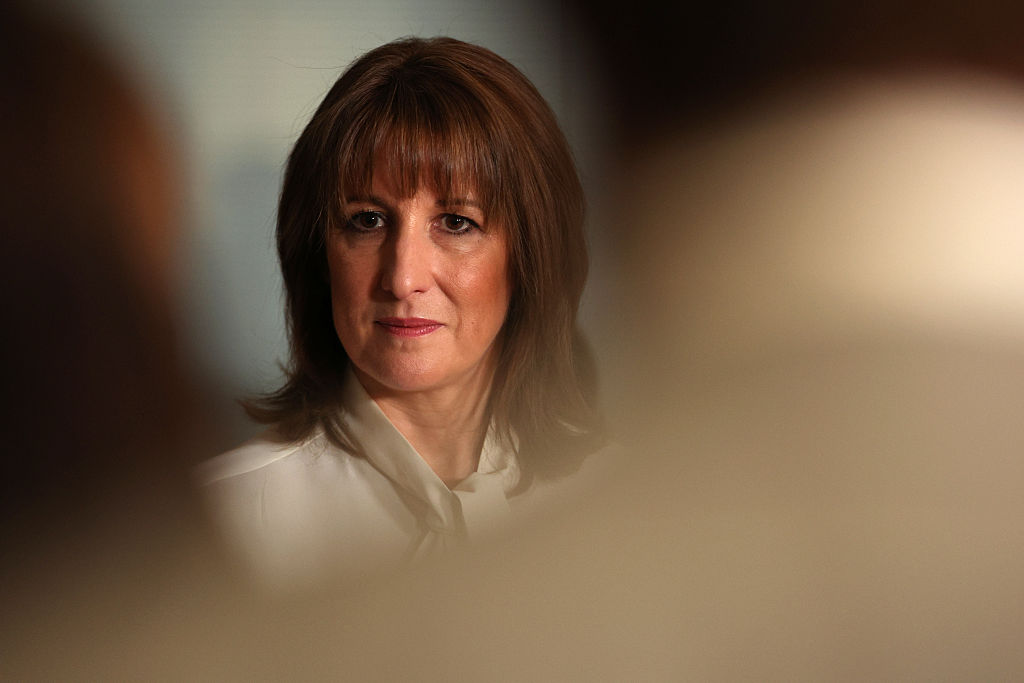 Rachel Reeves's punishing rise in business rates will crush the British economy
Rachel Reeves's punishing rise in business rates will crush the British economyOpinion By piling more and more stealth taxes onto businesses, the government is repeating exactly the same mistake of its first Budget, says Matthew Lynn
-
 Leading European companies offer long-term growth prospects
Leading European companies offer long-term growth prospectsOpinion Alexander Darwall, lead portfolio manager, European Opportunities Trust, picks three European companies where he'd put his money